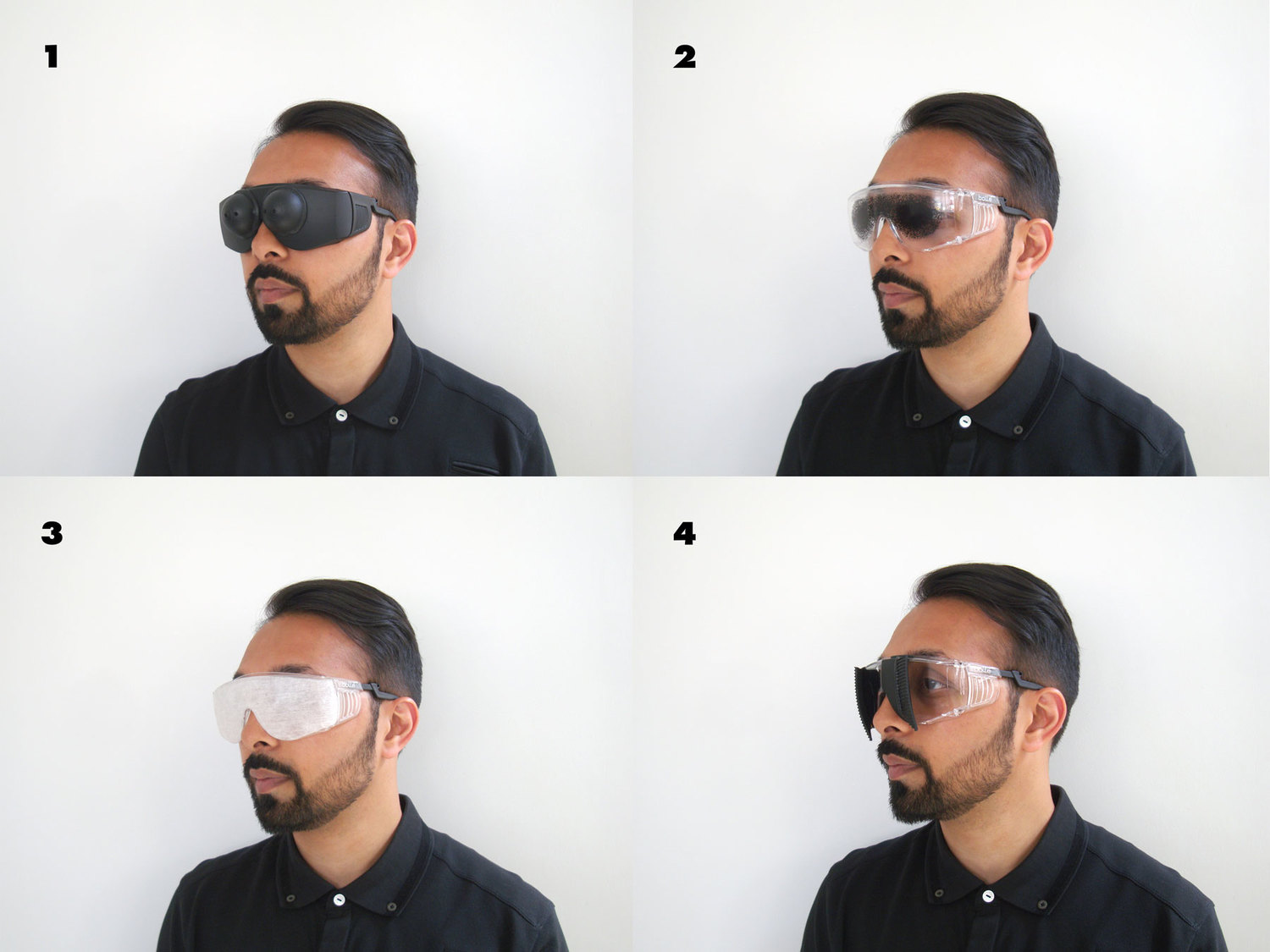Wayfindr, From New Year’s Resolution to Global Venture

We have told the Wayfindr story many times over the last two years as it has evolved. I wanted to take this opportunity to share my personal journey, and why I got involved in Wayfindr…
Turn the clock back three years to when my wife Bhavi (an Optometrist) and I were setting out our New Year’s Resolutions for 2013. We made a commitment to helping people living with sight loss, an issue which remains close to our hearts.
At ustwo my work involved making digital banking products that were accessible to all. This allowed me to explore inclusive design principles and user centred design methods on a daily basis. I was also starting to investigate the role of design in a ‘connected world’, which inspired me to write this manifesto:
“As we weave computers into the fabric of our environment and being, we should aspire to create inclusive, trustworthy and delightful products that dissolve effortlessly into our everyday life.”
Later that year I set up ustwo’s Invent Time; their ‘dream and do tank’ channelling their passion into creating digital products that make a difference. Working alongside leaders in their respective fields, ustwo staff spend six weeks prototyping solutions to real life issues such as dementia care, independence in the home, or staying in control of personal finance. We then validate these solutions with real users, all within a six week window. This time also allows our staff to explore new tools, methodologies and technologies.
When I met Katherine from the Royal London Society for Blind People (RLSB) everything started to fall into place. She was supporting RLSB’s Youth Forum to write their Youth Manifesto, which clearly set out the challenges that young vision impairment people face today. One particular challenge really stood out; their desire to be able to travel independently on London’s transport network. Invent Time was the perfect environment to collaborate with the RLSB Youth Forum to explore solutions to this challenge, incorporating the inclusive design and ubiquitous computing explorations I had done to date.
That was early 2014 where it all began, two years later and Wayfindr has the support of incredible organisations such as Google.org and Transport for London. For me the Wayfindr standard is a perfect example of my belief that designing to be accessible to extreme users, helps create a product that is accessible and valuable to all.
During our recent trials at London Euston, I saw the confidence of our vision impaired participants increase within just one journey through the station – something they had not done independently before. Now imagine what would happen if vision impaired people were able to access many complete end-to-end journeys across the world. Making this a reality is at the heart of Wayfindr and is why I get out of bed in the morning.
I’ll leave you with this — William Gibson once said “The future is already here — it’s just not very evenly distributed”. I’m on a personal mission to start evenly distributing the future, let’s begin by making digital products that are inclusive not exclusive.
We can’t do this alone, so we’re looking for like-minded people and organisations, who share our mission, to collaborate with on the Wayfindr Standard. If you want to be a part of our community visit us here.
Our team combines the digital product and user centred design expertise of ustwo, with the Royal London Society for Blind People’s 175 years of experience working with blind people.